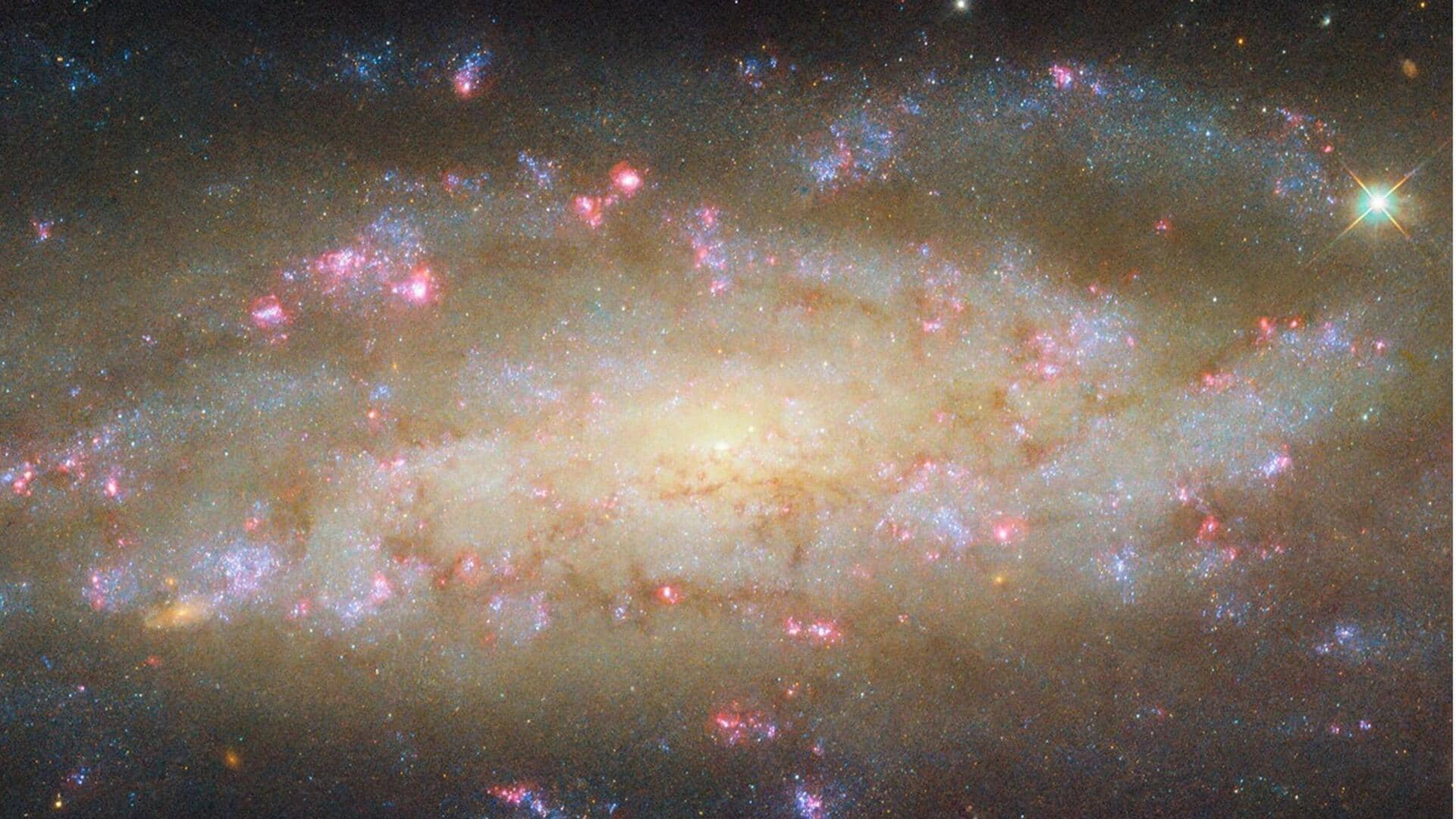The Search Begins
The quest to find exoplanets is a complex one, as these celestial objects are often incredibly far away and difficult to observe directly. Astronomers
have developed several innovative techniques to overcome these challenges. One of the primary methods is the transit method, where scientists observe the slight dimming of a star's light as a planet passes in front of it. This subtle dip in brightness can reveal the presence of a planet and provide information about its size. Another technique, called the radial velocity method, detects the wobble of a star caused by the gravitational pull of an orbiting planet. By measuring the star's movement, scientists can infer the presence and mass of the planet. The direct imaging method, while more challenging, involves using powerful telescopes to capture images of exoplanets directly, particularly those that are far from their stars and reflect a significant amount of light.
Transit Method Explained
The transit method is a cornerstone in the discovery of exoplanets. It relies on the principle of a planet blocking a small fraction of its star's light as it passes in front of it, as seen from our perspective. This tiny dip in brightness is carefully measured over time. The depth of the dip indicates the size of the planet relative to the star. For example, a larger planet will block more light, resulting in a deeper dip. The duration of the transit, or how long the dip lasts, provides information about the planet's orbital period. Furthermore, by analyzing the light that passes through the planet's atmosphere during transit, scientists can learn about the atmospheric composition. This method has proven remarkably effective, allowing astronomers to detect thousands of exoplanets and gather valuable data about their properties.
Radial Velocity Method
The radial velocity method, also known as the Doppler method, detects exoplanets by observing the subtle wobble of a star caused by the gravitational pull of an orbiting planet. As a planet orbits its star, it tugs on the star, causing it to move slightly towards and away from us. This motion affects the star's light, stretching or compressing the wavelengths. When the star moves towards us, the light is slightly blueshifted; when it moves away, it is redshifted. By carefully measuring these shifts in the star's spectrum, astronomers can determine the star's radial velocity. The amplitude and period of these velocity changes reveal the presence of a planet and provide information about its mass and orbital period. This method is particularly effective at detecting massive planets that orbit close to their stars, making it a crucial tool in exoplanet discovery.
Direct Imaging Technique
Direct imaging of exoplanets presents a significant challenge, yet offers invaluable insights into planetary characteristics. It involves using powerful telescopes to capture images of exoplanets directly. This technique is most successful with young, hot planets that are far from their host stars, as these planets emit a substantial amount of light. Overcoming the glare of the host star is a major hurdle, requiring advanced technologies like coronagraphs, which block the star's light. Once the star's light is suppressed, astronomers can then detect the faint light emitted or reflected by the planet. Direct imaging allows for the study of a planet's atmosphere, composition, and even the presence of surface features. While still a developing field, direct imaging holds immense potential for revealing the secrets of exoplanets and their environments, offering a detailed look at these distant worlds.
Discoveries and Insights
The methods described above have led to the discovery of thousands of exoplanets, showcasing the incredible diversity of planetary systems beyond our own. These discoveries have revealed a wide range of exoplanet types, including hot Jupiters, super-Earths, and even potentially habitable worlds. Hot Jupiters are gas giants that orbit extremely close to their stars. Super-Earths are planets that are larger than Earth but smaller than Neptune. The detection of planets in the habitable zones, where liquid water can exist on the surface, has fueled the search for extraterrestrial life. Furthermore, studying exoplanets provides valuable insights into planetary formation and evolution, helping scientists understand how our solar system compares to others. The ongoing exploration of exoplanets continues to expand our understanding of the universe and our place within it.
Future of Exoplanet Research
The field of exoplanet research is rapidly evolving, with advancements in technology and innovative observing techniques. The development of next-generation telescopes, both on the ground and in space, promises to revolutionize exoplanet studies. These telescopes will be equipped with advanced instruments capable of detecting even smaller planets, characterizing their atmospheres, and searching for biosignatures. Future missions are designed to study exoplanets in greater detail, using advanced techniques like high-resolution spectroscopy to analyze atmospheric compositions. Furthermore, the search for life beyond Earth remains a primary focus, with scientists working to identify and characterize potentially habitable planets. The exploration of exoplanets is one of the most dynamic areas of scientific inquiry, promising exciting discoveries and a deeper understanding of the universe.







